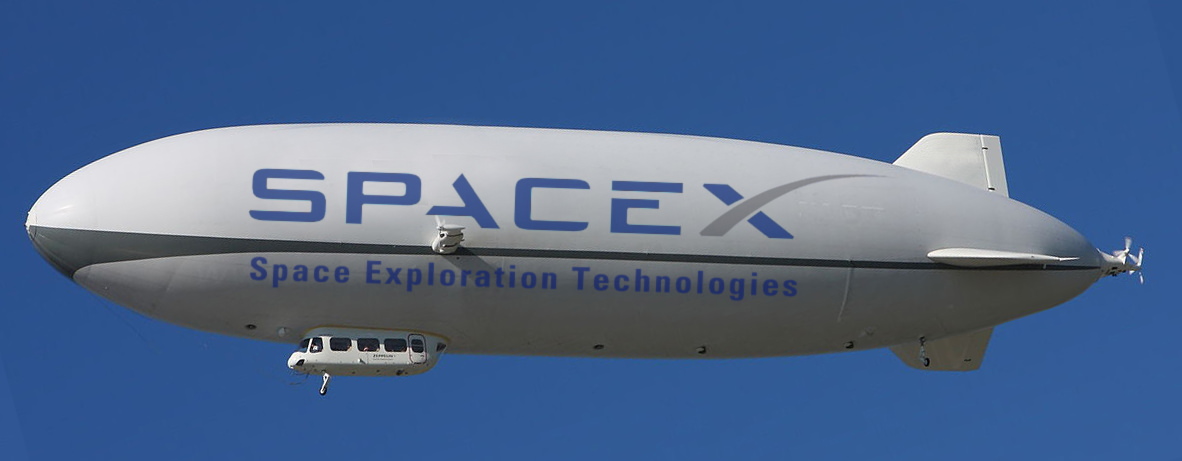vcp
Well-Known Member
Launch late late TONIGHT, or EARLY tomorrow (early July 25th) - 4:39 AM PDT (6:39 AM EDT) from Vandenberg
Isn't that 7:39 AM EDT...

Launch late late TONIGHT, or EARLY tomorrow (early July 25th) - 4:39 AM PDT (6:39 AM EDT) from Vandenberg
I sincerely doubt they will be able to catch the fairing with regularity. It would seem to me that the flight path would be too unpredictable to be in the correct position except for some odd lucky shot.
Seems to me they would be better off try to put chutes on them and some type of inflatable floatation device. Not sure what that would do to the weight and payload volume though.
They have recovered them from the sea as they often "float" much like a boat does. Unfortunately, much like the first stage itself, exposure to sea water ruins the fairing and in that case, they are not reusable.
Similar to the early recon-sat film canister recoveries.This is probably a stupid question, but instead of a net, why couldn't they put a deck on Mr Steven and carry a small helicopter to capture the fairing with a hook and bring it back to the ship? It seems to me that this is a proven method and should be more reliable than what they're trying to do now.
Mr. Steven didn't catch the fairing. Saw it coming down, but the wind shear was too much.

Better yet, develop 4 of these that fly in tandem with the net between them. They'd be MUCH more maneuverable than a ship on the water surface. They could grab the fairing and drop it gently on a barge.to develop one that would be big enough to be able to handle the mass...)

I think it is a pretty fine line between adding things to the fairing to improve recovery, and losing up mass for the rocket due to the heavier fairings.At the risk of sounding silly, why wouldn't they just coat the fairing with something waterproof or at least find a way to seal off the parts of the fairing that would be damaged by the sea water?
Does anyone know if this launch has all the improvements in place? Does it count toward the 'test like you fly' [Crewed Dragon] requirements?
Edit:
Let's see, this was the 1st Block 5 booster on its second flight. Wasn't the first b5 flight was only missing the new redesigned second stage helium tanks? So even if it's reflown, it might now have the updated COPVs?
SpaceX is targeting launch of the Telstar 18 VANTAGE satellite to a Geostationary Transfer Orbit (GTO) from Space Launch Complex 40 (SLC-40) at Cape Canaveral Air Force Station, Florida. The four-hour launch window opens at 11:28 p.m. EDT on Sunday, September 9, or 3:28 UTC on Monday, September 10. The satellite will be deployed approximately 32 minutes after liftoff.
Following stage separation, SpaceX will attempt to land Falcon 9’s first stage on the “Of Course I Still Love You” droneship, which will be stationed in the Atlantic Ocean.
All systems go for launch of Telstar 18 VANTAGE; team is monitoring weather conditions. Targeting liftoff at 12:00 a.m. EDT, 4:00 UTC. Launch webcast will go live about 15 minutes before liftoff
Enter your email address to join: